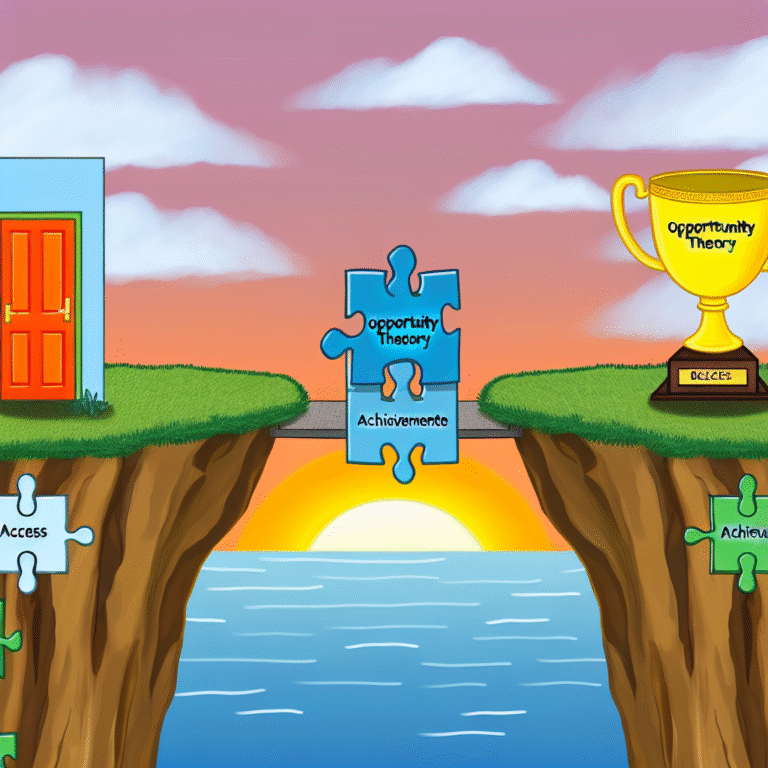
Introduction
In an age where our lives unfold in real-time online, social media has become both a stage for creativity and a lens through which we see humanity at its best and worst. The rise of viral videos has added a new layer to this phenomenon, leading many experts to ponder: Social Media and Crime: Are Viral Videos Creating a New Breed of Criminal? This question not only stimulates a sense of urgency surrounding public safety and criminal behavior but also underscores the evolving relationship between technology and society.
From pranks gone wrong to serious crimes captured live, viral videos are reshaping the landscape of criminal activity and law enforcement. They can serve as tools for awareness but also catalysts for stimulation, influencing how offenses are committed and reported. In this article, we explore the intricacies of social media’s impact on crime, backed by case studies, expert insights, and data that parse reality from perception.
The Viral Video Phenomenon
Evolution of Content Creation
The advent of smartphones and social networking platforms has dramatically changed how we share our lives. Platforms like TikTok, Instagram, and Facebook empower individuals to create and distribute content swiftly. This democratization of content creation invites not only joyful moments and celebrations but also disturbing instances of crime. Hashtags like #PrankGoneWrong or #CrimeWatch draw thousands of views, showing just how captivating these clips can be, but they also pose significant risks.
The Psychology Behind Viral Content
Why do some videos go viral while others remain unnoticed? Factors such as sensationalism, humor, and shock value play crucial roles. According to psychology experts, the brain is hardwired to respond to dramatic situations. This innate response raises a pressing issue: are we, as consumers of this content, inadvertently endorsing and encouraging criminal behavior?
The New Breed of Criminals
Case Study: The Ice Bucket Challenge Gone Wrong
The Ice Bucket Challenge was a noble initiative for ALS awareness that took a dark turn when a group of influencers attempted to outdo one another. They filmed a series of increasingly dangerous stunts, which culminated in acts of vandalism and public endangerment. This case exemplifies how the quest for virality can lead to reckless behavior not just by participants but also by viewers who become desensitized to real-life consequences.
- Relevance: The line between harmless fun and criminal activity becomes blurred, highlighting a concerning trend in how social media engagements can incite malicious behavior.
Case Study: The YouTube "Prank" Culture
YouTube influencers claiming to perform harmless pranks often find their videos crossing ethical lines. The infamous "pranking" trend, where creators frighten unsuspecting individuals, has led to various severe incidents, including assaults and even death.
- Analysis: This culture of "likes" and "shares" can create a feedback loop that not only glamorizes criminal activity but also pushes aspiring influencers to undertake increasingly dangerous stunts in hopes of gaining popularity.
The Role of Social Media in Criminal Behavior
Fostering Criminal Networks
Social media provides a breeding ground for criminal networks. Platforms allow for the easy dissemination of information, enabling the swift coordination of criminal activity, whether it be drug trafficking, gang violence, or cybercrime.
Data Insights
| Type of Crime | Percentage Increase | Social Media’s Role |
|---|---|---|
| Cybercrime | 50% | Increased connectivity fosters malicious strategies. |
| Theft | 30% | Viral videos showcase vulnerabilities, aiding would-be criminals. |
| Harassment | 40% | Anonymity emboldens potential offenders. |
The Double-Edged Sword of Reporting Crimes
Although social media can serve as a tool for crime reporting—allowing citizens to immediately share and document criminal activity—it can also lead to misinterpretation and mob mentality. Traditional journalism ethics often take a backseat to sensationalism.
Law Enforcement and Social Media
Adapting to New Challenges
Law enforcement agencies are becoming increasingly aware of the intricate link between social media and crime. They are employing digital platforms not only for communication but also for surveillance and investigation.
Case Study: The Viral Escape of an Inmate
In a more extreme scenario, a prison escape that was livestreamed on social media drew widespread attention. The inmate, realizing the ramifications of his actions, ended up surrendering due to the pressure from viewers and law enforcement.
- Analysis: This incident demonstrates how social media can simultaneously serve as a tool for criminal oversight and a double-edged sword for offenders, complicating law enforcement’s responses to crime.
Public Perception and Engagement
Changing Views on Crime
The conversations surrounding crime have expanded on social media. While communities often rally together to condemn criminal actions, they can also engage in the spread of misinformation, which can complicate law enforcement efforts. The normalization of crime in viral content can lead to an alarming desensitization among viewers.
Cultural Shift and Responsibility
Social media platforms are now grappling with the ethical implications of hosting and promoting content that glorifies criminal activities. Initiatives aimed at developing community guidelines to curtail harmful content are being introduced, but the balance remains delicate.
The Ethics of Sharing Viral Crime Videos
Is it Just Entertainment?
The dilemma of sharing and consuming viral crime videos raises ethical questions about entertainment versus societal responsibility. Each share and view may indirectly perpetuate a culture that is unsustainable and harmful, emphasizing a need for self-awareness among consumers of social media content.
Balancing Censorship and Freedom of Speech
The longstanding debate around censorship is further complicated by the instant nature of social media. How do we protect individuals’ rights to freedom of expression while curtailing harmful actions? Understanding the implications of this balance is essential for fostering a safe digital landscape.
Conclusion
In exploring the question, Social Media and Crime: Are Viral Videos Creating a New Breed of Criminal?, we recognize that the relationship between viral content and crime is a complex web interwoven with psychological, ethical, and social factors.
While social media can act as a platform for awareness, it is also a breeding ground for misguided actions and impressions—essentially fostering a new breed of criminal. The task ahead is twofold: to cultivate a digital environment that not only informs but also responsibly engages users in conversations about crime, ethics, and accountability.
Empowering communities through meaningful discourse, legal frameworks, and ethical social practices will be vital for addressing the emerging dynamics of social media and crime in the years to come.
FAQs
1. How are viral videos related to crime?
Viral videos can glamorize criminal behavior and encourage copycat actions, leading to an increase in criminal activity.
2. Can social media be used positively to combat crime?
Absolutely! Social media serves as a platform for community reporting, awareness campaigns, and the mobilization of support against crime.
3. Are all viral videos harmful to society?
While not all viral videos promote negativity, many do blur the lines between entertainment and ethics, potentially leading to desensitization to crime.
4. How do law enforcement agencies utilize social media?
Law enforcement uses social media for crime prevention, community engagement, and to gather intelligence for ongoing investigations.
5. What ethical considerations should we keep in mind when sharing crime-related content?
Consider the potential impact of what you are sharing: could it promote harmful actions, spread misinformation, or invade privacy? Responsible sharing is crucial in maintaining a safe digital community.
In summation, the ongoing dialogue surrounding social media and its effects on crime will be essential for navigating the future of digital interactions. Stay informed, be aware, and contribute to a community that emphasizes empathy and responsibility.















